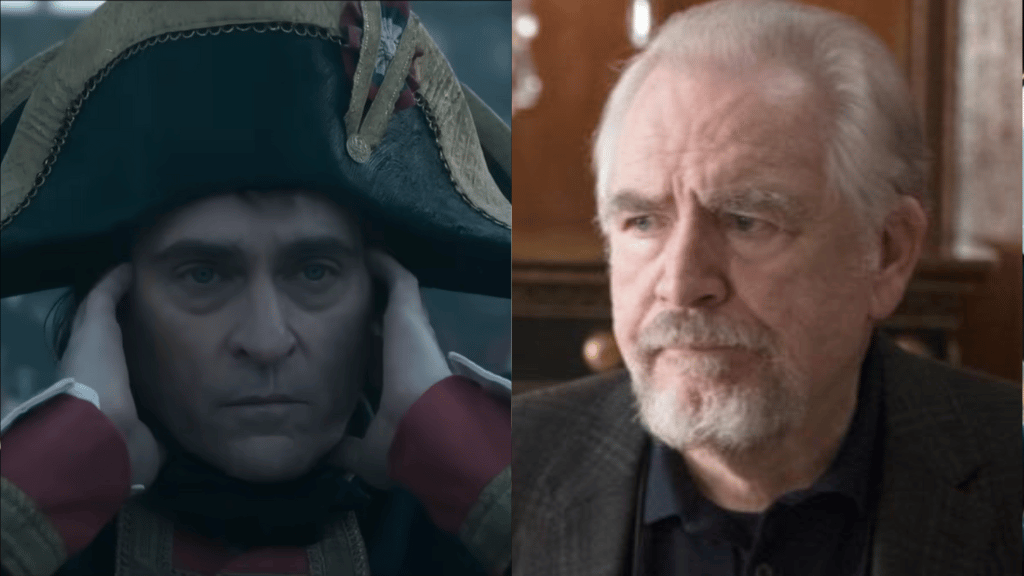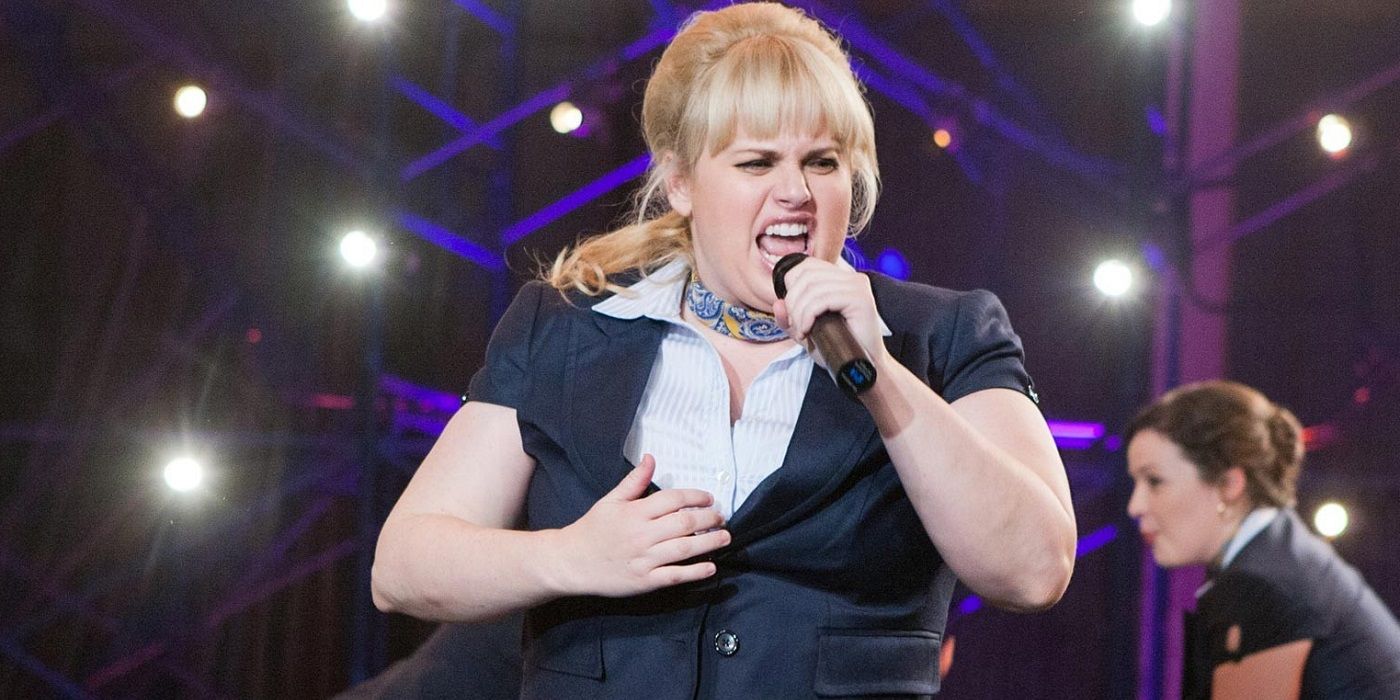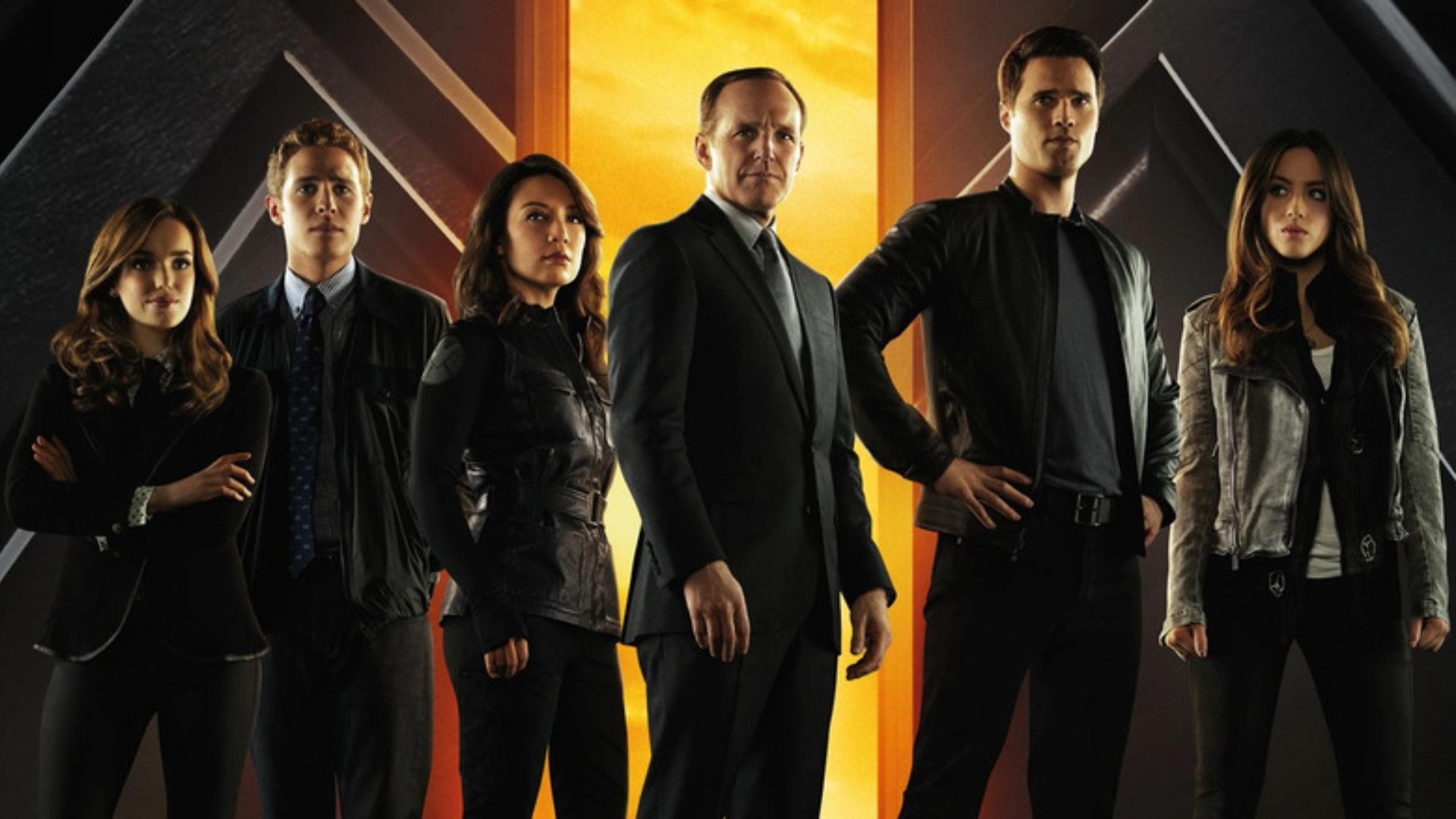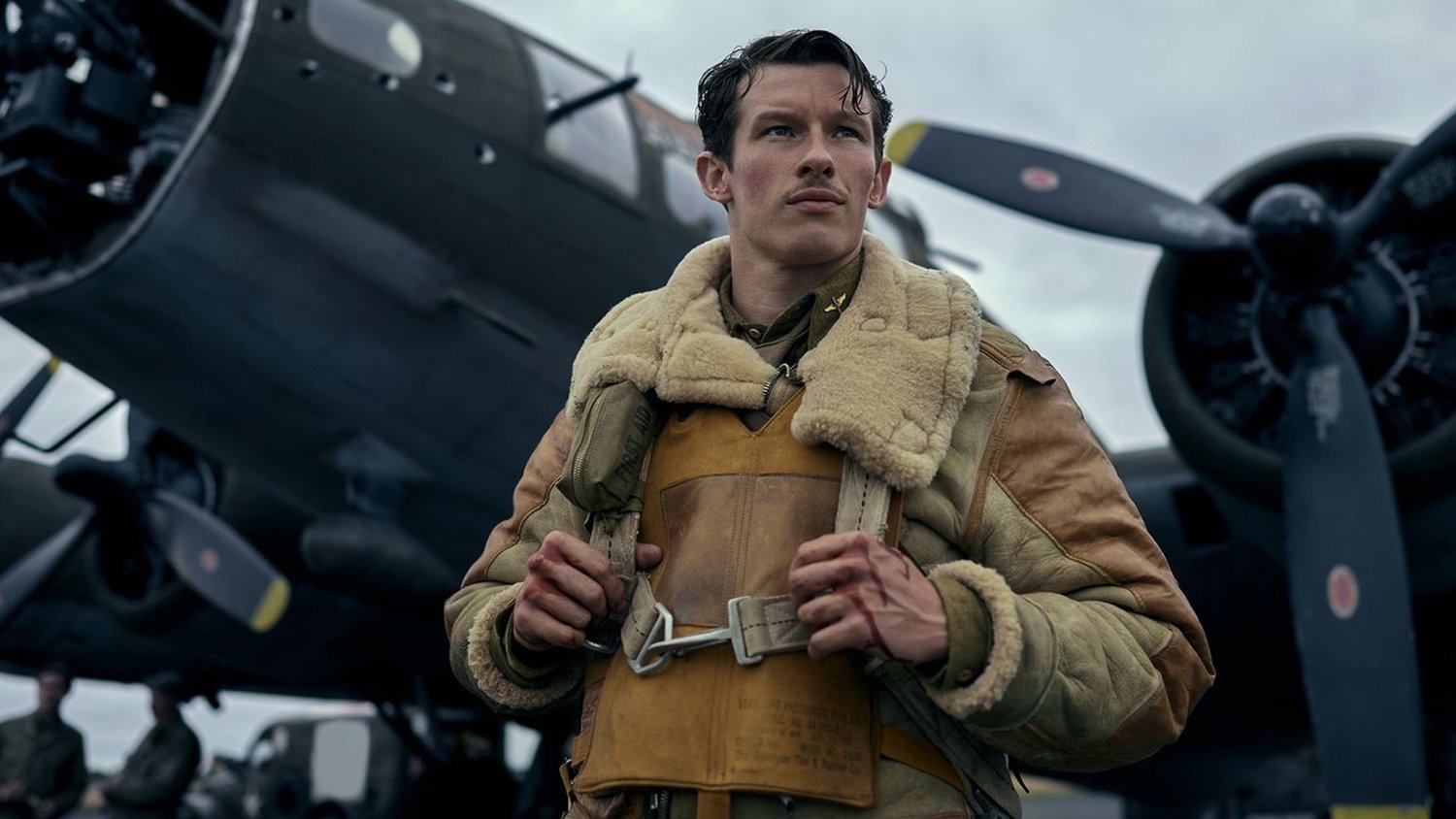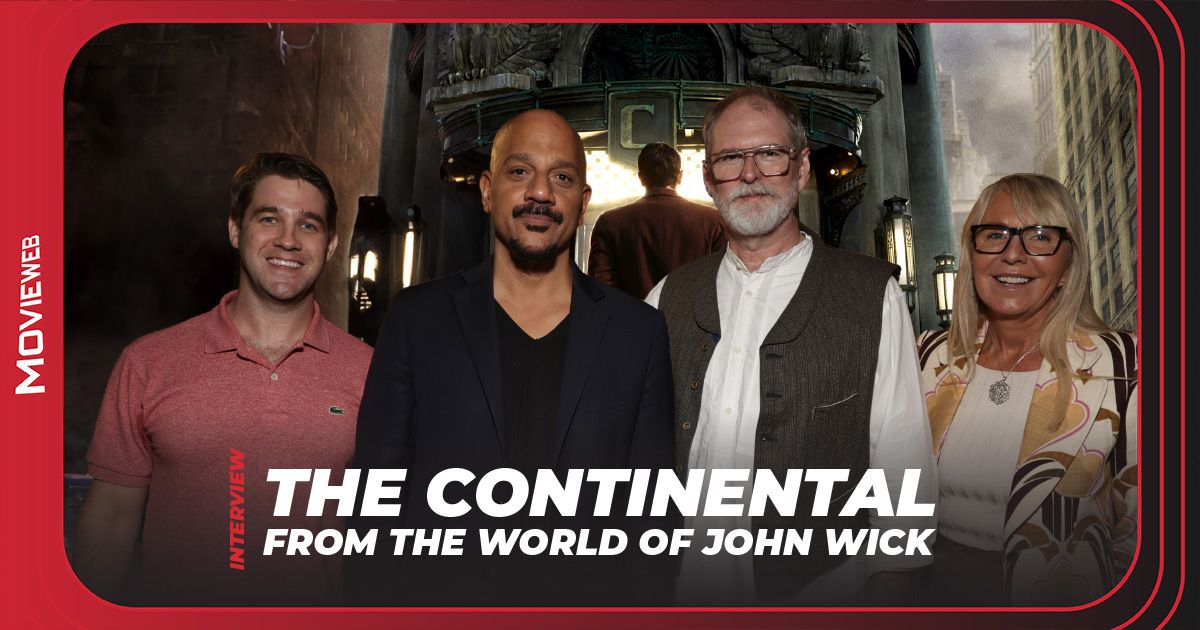
The Continental Crew Discusses the Stunts, Sound, Productions, and Costumes of the John Wick Show
Sep 23, 2023
John Wick is the latest movie franchise to expand from film to television. In recent years, series like Star Wars and the Marvel Cinematic Universe have transitioned to television, and they’ve brought alongside a massive pool of talent to ensure these cinematic franchises don’t lose what makes them special when they get to the small screen. The same is true for John Wick, with The Continental: From the World of John Wick, looking to not lose what made the franchise special in the first place.
There are certain things audiences expect when they think of a John Wick film, most notably stunts and incredible production design. For The Continental, John Wick creators Chad Stahelski and David Leitch’s company 87Eleven Action Design was brought on board, as they had been with the films and here oversee the series. Action director and stunt coordinator Larnell Stovall makes sure that the franchise kept its signature action choreography.
Another key element of the franchise has been the gorgeous production design. With The Continental taking place in the 1970s, that meant an entirely different-looking New York would need to be created, and production designer Drew Boughton stepped in to give the series its own unique look. Two underappreciated yet still vital elements of the John Wick franchise were always the costumes and the sound design. Everyone remembers the suits and gunfire, but there is so much more happening than the audiences might even be aware of. Costume designer Sarah Arthur and sound editor Luke Gibleon showed us how they brought their own unique touch to a well-established franchise.
MovieWeb, along with many other outlets, was invited to a special interactive behind-the-scenes junket for The Continental, where the talented behind-the-scenes creatives walked us through bringing the series to life.
Action Choreographer Larnell Stovall
Larnell Stovall had been the action coordinator on the Max series Titans and the film Judas the Black Messiah, and worked on the stunt team for films like Captain America: Civil War and The Hunger Games Catching Fire. He walked the press through the process of how to break down a fight scene and how they teach it to actors. Stovall said the goal with The Continental was to make sure it matched audiences’ expectations for the films and be a period setting. “We had to respect the time frame that we’re in. In the ’70s, people moved a little different. The styles were still evolving,” explained Stovall. “In the ’70s, karate, judo, taekwondo, and kung fu was the dominant, majority popular styles in the ’70s, so we picked from those styles in The Continental and spread them out through the characters to stay true to that time frame.”
One aspect of the action was working closely with the production design team and how the two would influence one another. While it meant padding certain surfaces for impact or making cardboard tables and chairs to be used as weapons, sometimes the production design would influence the action. Stovall said that when he saw an iron:
“I had been waiting to do brutal stuff like that. We had clothes hanging up, which meant there was an ironing board, which meant there was an iron, and in the 70s, the way they were built then and with [Drew Boughton] be authentic to the time, it looked like a pointy weapon. So I said, ‘We got to do something with this.’ It became the chord, hitting with it.”
Stovall also acknowledges the challenge of getting audiences on board with a series without Keanu Reeves. “There is an understanding and love language for this franchise that, if John Wick’s not attached, some people check out. You are going to have some naysayers who are like, ‘I will give this a try.’ So here is our stairwell sequence that goes — ‘You want John Wick, here is a sample, we got you.'” Stovall continued:
People don’t seem to remember it was 23 minutes until the first action sequence [in the first John Wick], so if you are going to give an unknown thing that amount of time, we made sure to take care of you in the first 10 minutes before you hop on your phone.
Production Designer Drew Boughton
With The Continental set during the 1970s, that meant the series needed an entirely new look to recreate a classic time period. Drew Boughton, who has worked as a production designer on series like The Man in the High Castle and Hemlock Grove, stepped up to the challenge. Boughton cited films like Taxi Driver, The Warriors, and The French Connection as major sources of inspiration for the production design of the series, invoking a grittier, dirtier, and much more dangerous New York City. There is even the NYPD campaign “City of Fear” posters of a hooded skull peppered through the series production design.
Related: What Are the Rules of the Continental Hotel in John Wick?
One overlooked part of the job is how to make sure the set is safe to pull off the stunts and make sure nobody gets hurt. The balance is making sure to know what elements of the sets the actors will be interacting with and coming into contact with. Boughton explained:
“My job is to help them destroy it or give them the thing to destroy. The other one is something you don’t see a lot is the invisible padding. The team goes in and go, ‘This part of the staircase needs to be rubberized. This wall needs to look like concrete, but there is actually rubber in it.’ There are tons of invisible padding in tons of places.”
Costume Designer Sarah Arthur
Sarah Arthur is an accomplished costume designer, one who has worked on television series A Discovery of Witches, Dracula, and recently Netflix’s hit adaptation The Sandman. For The Continental, the goal was to make a unique look for the series that was both era-appropriate but also called back to the outfits characters like Winston and Charion will wear in The John Wick series. Arthur said:
“I did a lot of research into the time period. I wanted to give the actors an authenticity and chemistry for them to get into their parts. I found lots of original pieces which I used a great deal. There were fantastic photographic references from Studio 54.”
Related: How The Continental Nails the Most Important Aspect of John Wick
“I found some early Louis Vuitton pieces and some Diana von Furstenberg, Ossie Clark, Holston, and incorporated all of these pieces, including accessories wherever I could in the series,” Arthur said regarding some influences for the series. She mentioned that many pieces needed to be replicated for the main cast due to the amount of action, accounting for the damage they would take but also the fact that they need to be flexible enough for stunt work. She said about 100 to 150 versions were commissioned for the stunt work.
Sound Editor Luke Gibleon
Certainly, one overlooked aspect of the John Wick series is the sound design. While the visuals of the fights are obvious, those fights don’t have the impact without the sound. Both production designer Drew Boughton and stunt director Larnell Stovall cited how it is the sound design that truly sells the impacts of the fights, particularly when the actors come into contact with rubber furniture.
Luke Gibleon is the supervising sound editor for The Continental. He has worked on all four films in the John Wick franchise. That provides both a sense of continuity with the franchise but also allows for some experimentation of what the sound design could be.
“What I really loved about The Continental that is different from the John Wick movies is Albert’s [Hughes] take on it. He has his own style that is very edgy, and he really likes to overemphasize things. He makes it larger than life and even more comic book-like in a way. He likes to ramp out of things or hit cuts hard, and does these cuts to black which we don’t really do in John Wick before. Now, it is sound’s job to tell this story. I get to do the fun sound of John Wick but also get to introduce sound stylistically in a whole different way which is a lot of fun.”
Gibelon walked the audience through the process of adding sound into a scene, notably in one of the series’ opening action scenes. He had a keyboard with various keys representing different gunshots and impacts from how it would sound when it hit metal, wood, or flesh. While someone would think that all guns sound the same, using different sounds distinguishes the protagonist’s gunshots from the enemies, so there is a clear way for the audience to identify danger in a scene.
The Continental brings together a wide array of talented artists from various departments. It goes to show that there are many important aspects that go into bringing a story to life, with all these departments communicating and supporting one another. Stunts, sets, costumes, and sound all come together to bring The Continental to life.
The Continental is now streaming on Peacock. You can watch a trailer below:
Publisher: Source link
15 Nightmare Audition Experiences Actors Shared
She said that, at a film festival several years down the road, a drunk producer told her, "Oh, Thandie, I've seen you recently!" She said, "And he lurched away, looking really shocked that he'd said that."Her husband, Ol Parker, spoke to…
May 2, 2024
Richard Simmons Defends Melissa McCarthy After Ozempic Comments
Ozempic is no laughing matter for the comedian. Handler revealed her "anti-aging doctor" prescribed her the medication without realizing what the drug was. "I didn't even know I was on it," she said during the Jan. 25, 2023 episode of Call…
May 2, 2024
Schitt’s Creek, Love Is Blind, & Other TV Shows People Didn’t Expect To Love
Schitt's Creek, Love Is Blind, & Other TV Shows People Didn't Expect To Love We asked the BuzzFeed Community to tell us the TV shows they didn't think they'd like for even one second. But, by the grace of the…
May 1, 2024
It Ends With Us First Look Teases Lily & Atlas’ Reunion
The countdown to It Ends With Us starts now. After some adjustments on the calendar, the highly anticipated film adaptation of Colleen Hoover's novel is officially coming to movie theaters on August 9, Sony Pictures confirmed, promising it to be the "movie…
May 1, 2024
